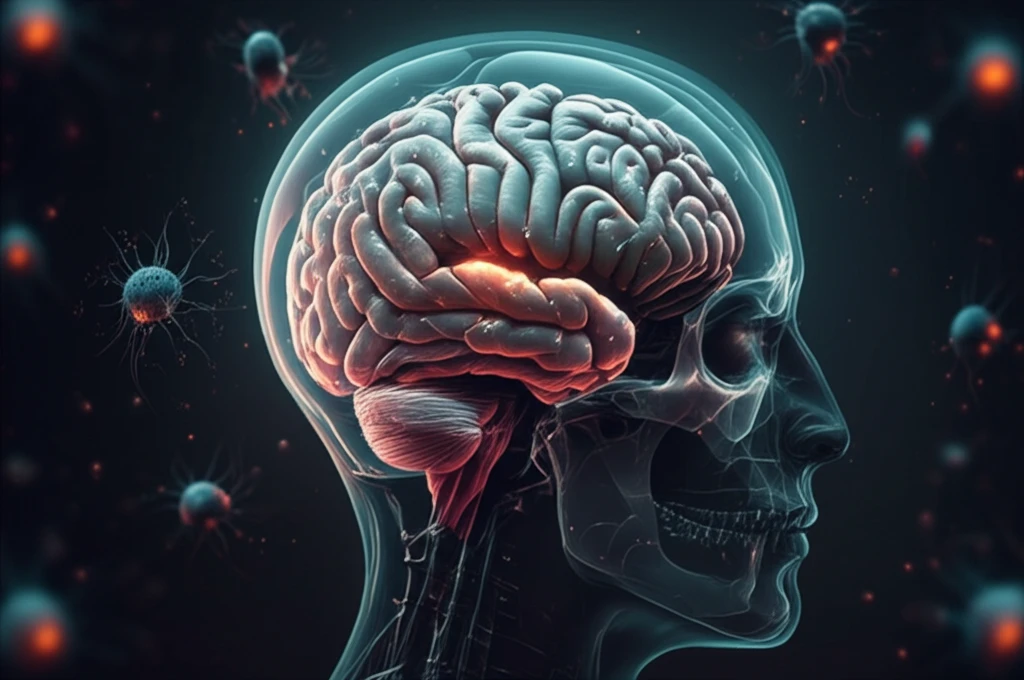
Rosiglitazone: The Surprising Link Between Diabetes Drugs and Brain Health
"Could a common diabetes medication hold the key to protecting the brain from damage and improving astrocyte function?"
For years, rosiglitazone has been a familiar name in the treatment of type 2 diabetes, celebrated for its ability to enhance insulin sensitivity and regulate blood sugar levels. But what if its benefits extended far beyond blood glucose control? Emerging research suggests this common medication might also play a significant role in safeguarding brain health, opening new avenues for understanding the intricate relationship between diabetes and neurological well-being.
Recent studies have begun to explore rosiglitazone's impact on astrocytes, critical support cells in the brain responsible for maintaining a stable environment, facilitating neuronal communication, and responding to injury. While rosiglitazone's effects on astrocyte activation have been observed, the precise mechanisms behind these effects have remained elusive – until now. Researchers are uncovering how rosiglitazone interacts with key molecular pathways to promote neuroprotection.
This article delves into a groundbreaking study that illuminates rosiglitazone's surprising influence on brain health. We'll explore how this drug interacts with the PPARγ pathway, boosts glial fibrillary acidic protein (GFAP) levels, and reduces apoptosis in a high-fat diet-fed mouse model. Get ready to discover how rosiglitazone might just be a critical link between managing diabetes and protecting the brain.
How Does Rosiglitazone Protect the Brain?

The study pinpoints that rosiglitazone boosts the expression of glial fibrillary acidic protein (GFAP), a key marker of astrocyte activation. This increase isn't random; it's orchestrated through a specific sequence of events involving heparin-binding epidermal growth factor (HB-EGF) and epidermal growth factor receptor (EGFR). Here’s a breakdown:
- PPARy Activation: Rosiglitazone, acting as a PPARy agonist, triggers PPARy-responsive elements within the HB-EGF gene. This leads to increased HB-EGF production.
- HB-EGF Release: The increased HB-EGF is then released from both astrocytes and neurons. This release is critical for initiating the next steps in the protective pathway.
- EGFR Activation: Once released, HB-EGF activates EGFR. This activation promotes GFAP expression and helps protect cells from apoptosis (programmed cell death).
Why This Matters: Implications for Diabetes and Beyond
This research sheds light on the potential neuroprotective properties of rosiglitazone, suggesting it may offer benefits beyond glucose control. By understanding how rosiglitazone influences astrocyte function and reduces apoptosis, researchers can explore new therapeutic strategies for diabetes-related brain complications and other neurodegenerative conditions. More studies are needed, but the future looks promising. The results suggest that rosiglitazone has neuroprotective benefits and could help millions of people cope with diabetes.
